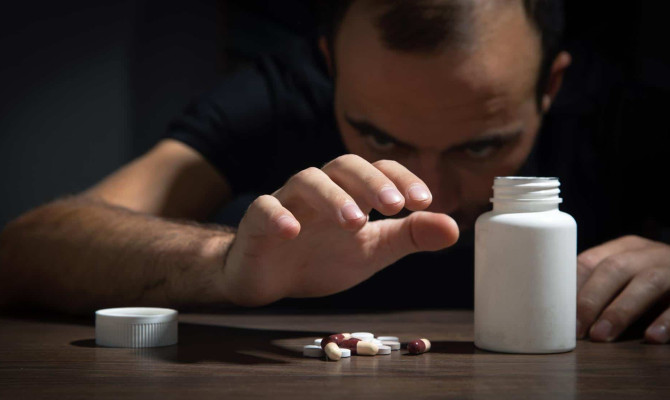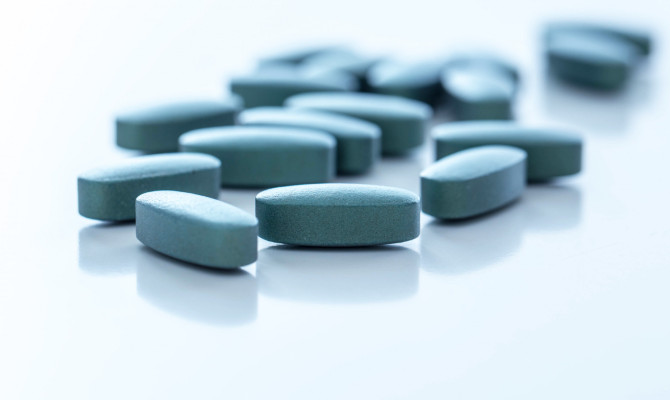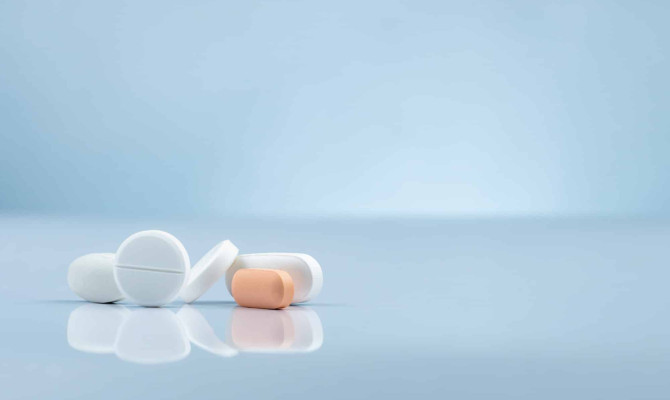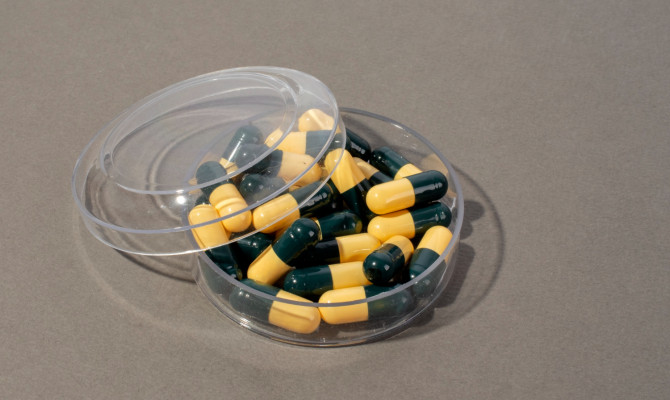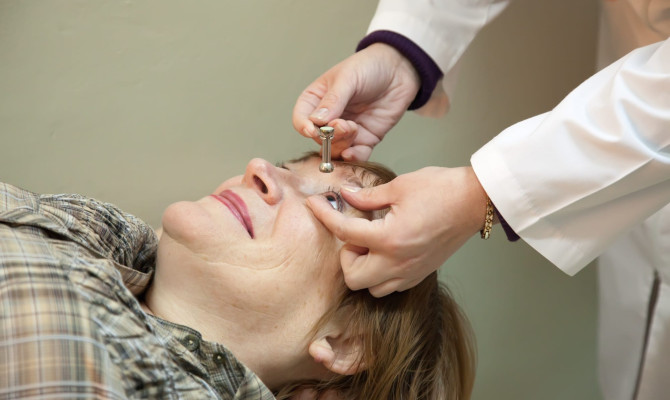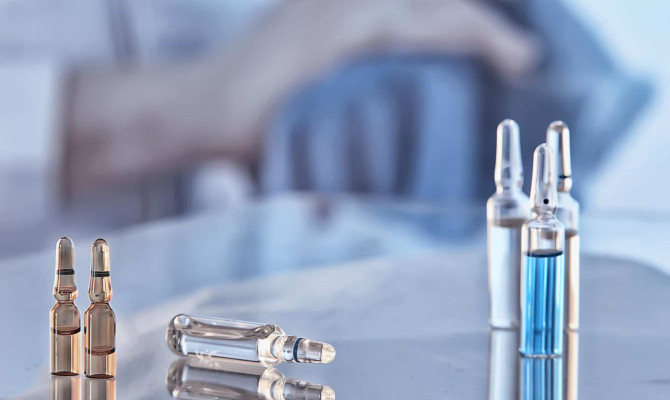Caplyta: Uses, Side effects, and Interactions

- Caplyta
- 17 Aug 2023
Overview
What is Caplyta?
Lumateperone or Caplyta is a drug that is used to manage schizophrenia as well as treat other neuropsychiatric conditions. It is a medicine that belongs to the second generation of atypical antipsychotics and demonstrates a unique mode of action. The simultaneous regulation of dopaminergic, serotonergic, and glutamatergic neurotransmission is at the heart of Caplyta’s action mechanism.3Overview| Researched based study from Nlm.nih.gov
Positive signs of schizophrenia comprise hallucinations and delusions, and negative signs comprise apathy, sadness, and deficiencies in cognitive functioning. Schizophrenia is a debilitating mental condition that is characterized by both positive and negative symptoms.

Uses
What is Caplyta used for?
Caplyta prescribed in the treatment of following ailments:
Treating Schizophrenia
- Caplyta is a medication that can be used to treat schizophrenia, which is a mental disorder that can produce disturbed or abnormal thinking, a loss of enthusiasm in life, and intense or inappropriate emotions.
- The drug known as atypical antipsychotics includes lumateperone as one of its members.
- It achieves its effects by altering the action of a number of naturally occurring chemicals already present in the brain.2Uses| Researched based study from Medlineplus.gov
Side effects
Side effects of Caplyta
There is a possibility that Caplyta will result in adverse effects. Talk to your primary care provider if any of the following symptoms become very bothersome or if they fail to improve.1Side effects| Researched based study from Fda.gov
Some less serious side effects include:
- Excessive weariness or a state of fatigue
- Weight increase
- Nausea
- Dry mouth
- Dizziness
Some of the common adverse effects could even be life-threatening. In the event that you suffer any of the following symptoms, you should contact your physician as soon as possible or seek treatment at an emergency medical facility:2Side effects| Researched based study from Medlineplus.gov
- Rashes, itching, or hives
- Difficulties with coordination
- An increase in the number of falls
- Odd movements of your face or body that you are unable to control
- Sore throat, fever, or chills and other indicators of illness
- A high temperature
- Stiff muscles
- Profuse sweating
- Mental confusion
- A rapid, pounding, or irregular heartbeat
- Constriction of the neck muscles or throat
- Difficulty breathing or swallowing
- Convulsions
- All symptoms that could indicate that someone has the flu.
- Dysregulation
- Dysphagia
Serious side effects
CAPLYTA has the potential to induce certain serious adverse effects, including the following:
- Stroke and other cerebrovascular difficulties
- Possible signs of neuroleptic malignant syndrome (NMS)
- Tardive dyskinesia (TD)
- Issues with your metabolism
- High sugar levels
- Low number of white blood cells count in the blood
- A reduction in blood pressure caused by standing (also called orthostatic hypotension)
- Drowsiness
- Extreme fatigue
Dosage
Dosage of Caplyta
- Oral administration of lumateperone, in the form of capsules with the FDA-approved dosage of 42 milligrams, is recommended, and the medication is taken before going to bed.3Dosage| Researched based study from Nlm.nih.gov
- It has been demonstrated that increasing the dosage to 120 mg per day does not result in any statistically significant improvement in the drug’s effectiveness.
How to consume Caplyta correctly?
- Caplyta is available in the form of a capsule that should be consumed by mouth.
- In most cases, it is recommended to take it once daily with a meal.
- Take your daily dose of Caplyta at approximately the same time each day.
- Be sure to follow the directions on the label of your prescription medication very carefully, and if there is anything on the label that you do not understand, ask either your doctor or your pharmacist to explain it to you.
- Take lumateperone strictly in accordance with the included instructions.
- You should not consume more or less than the dose provided of Caplyta, and you should not take it more often than what has been recommended by your physician2Dosage| Researched based study from Medlineplus.gov
Caplyta may assist you in feeling more in control of your symptoms, but it will not treat or cure the underlying illness. It is possible that it will take a few weeks or perhaps longer for you to enjoy the full benefits of lumateperone. Even if you have a good feeling about yourself, you should keep taking the lumateperone. Lumateperone should not be discontinued without first discussing this with your medical examiner.
Contraindications
Contraindications of Caplyta
Pregnancy
- Advise patients to inform their primary care physician as soon as possible if they get pregnant or if they have the intention of becoming pregnant while they are receiving treatment with Caplyta 3Contraindications| Researched based study from Nlm.nih.gov
- Inform patients that the use of Caplyta during the third trimester of pregnancy may result in extrapyramidal and/or withdrawal symptoms in the newborn, including irritation, hyper- and hypotonia, shivers, respiratory despair, somnolence, and feeding problem.
- Inform patients that there is a pregnancy registry that tracks the outcomes of pregnancies in women who were exposed to Caplyta during the course of their pregnancies.
Lactation
- In the event that a woman is receiving therapy with lumateperone, it is strongly recommended that she not breastfeed.
Interactions
Drug interactions of Caplyta
Inhibitors of CYP3A4 with a Moderate or Significant Effect
Lumateperone exposure is increased when Caplyta is used at the same time as moderate or severe CYP3A4 inhibitors. This may lead to an elevation in the likelihood of experiencing undesirable effects4Interactions| Researched based study from Nlm.nih.gov
Inhibitors with moderate effectiveness include
- Amprenavir
- Ciprofloxacin
- Cyclosporine
- Diltiazem
- Erythromycin
- Fluconazole
- Fluvoxamine
- Verapamil.
Strong inhibitors include
- Clarithromycin
- Grapefruit juice
- Itraconazole
- Voriconazole
- Nefazodone
- Ritonavir
- Nelfinavir
CYP3A4 Inducers
When Caplyta is taken at the same time as CYP3A4 inducers, the amount of lumateperone that is absorbed into the body is reduced.
- Carbamazepine
- Phenytoin
- Rifampin
- Etravirine
- Modafinil
- Nafcillin
- Pioglitazone
- Prednisone
Inhibitors of the UGT Catalytic System
When Caplyta is used in conjunction with UGT inhibitors, there is a possibility that the amount of exposure to lumateperone and its by-products will rise.
- Valproic acid
- Probenecid
Precautions
Warnings and precautions for using Caplyta
- Cerebrovascular Adverse Reactions in Elderly Patients Struggling with Dementia
- Other Related Forms of Psychosis: An increase in the incidence of cerebrovascular adverse events (such as stroke and transient ischemic attack, for example).
- Neuroleptic Malignant Syndrome: Control the situation by immediately stopping Caplyta.
- When treating tardive dyskinesia, it is recommended that treatment be stopped if it is deemed clinically appropriate.
- Transformations of the Metabolic System: Be on the lookout for symptoms of hyperglycemia and diabetes mellitus, as well as dyslipidemia and weight gain.
- Perform a complete blood count (CBC) on individuals who have a pre-existing low white blood cell count (WBC), or who have a history of leukopenia or neutropenia.
- Agranulocytosis is another condition that requires a CBC. In the event that a clinically significant drop in WBC occurs in the absence of any other potential causes, you should think about stopping treatment with Caplyta
- Orthostatic hypotension and syncope: Patients with established cardiovascular or cerebrovascular disease, as well as those who are at risk of dehydration or syncope, should have their heart rate and blood pressure monitored, and they should be warned.
- Patients who have a history of seizures or who have circumstances that reduce the seizure threshold should use this medication with extreme caution since it can cause seizures.
- Because there is a possibility of cognitive and motor impairment, you should use extreme caution when using any machinery1Precautions| Researched based study from Fda.gov
Takeaway
Takeaway
Caplyta is a medicine that is available only with a doctor’s prescription and is prescribed to adults for the treatment of depressive episodes that are linked with either bipolar I or bipolar II disorder (bipolar depression). For patients suffering from bipolar depression, Caplyta can be used on its own or in combination with the medications lithium or valproate. It is unknown at this time if Caplyta is both safe and effective when administered to children.
Patients who are afflicted with schizophrenia now have access to a higher quality of life thanks to the development of antipsychotic medications that are of the second generation. This improvement in the ability of medical professionals to manage and treat schizophrenia has been made possible by the introduction of these medications.
Any feedback on this article?
 This Articles content was accurate
This Articles content was accurate Very Informative Article
Very Informative Article I have a question or a comment
I have a question or a comment
 This article contains inaccurate content
This article contains inaccurate content This article was not helpful
This article was not helpful I have a question or a comment
I have a question or a comment
We appreciate your helpful feedback!
Checkout our social pages
References
-
U.S. FOOD AND DRUG ADMINISTRATION
CAPLYTA (lumateperone) capsules, for oral use Initial U.S | Precautions | Side effects
-
Medline Plus
Lumateperone | Uses | Dosage | Side effects
-
National Library of Medicine
Lumateperone | Overview | Administration | Contraindications
-
National Library of Medicine
Treatment-Resistant Bipolar Depression: Therapeutic Trends, Challenges and Future Directions | Interactions












